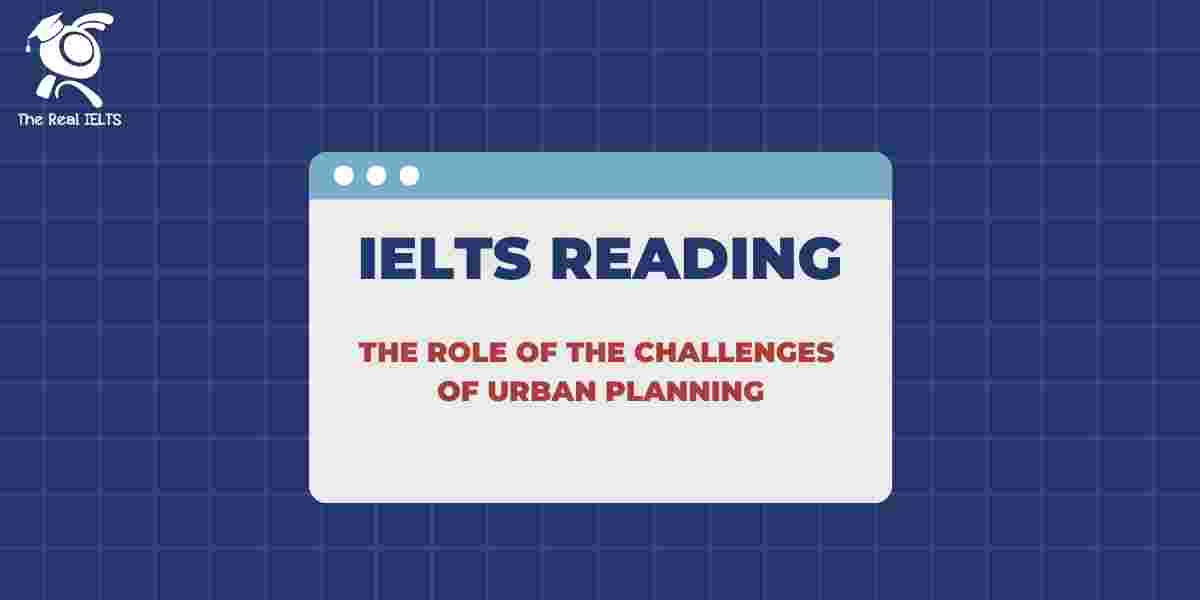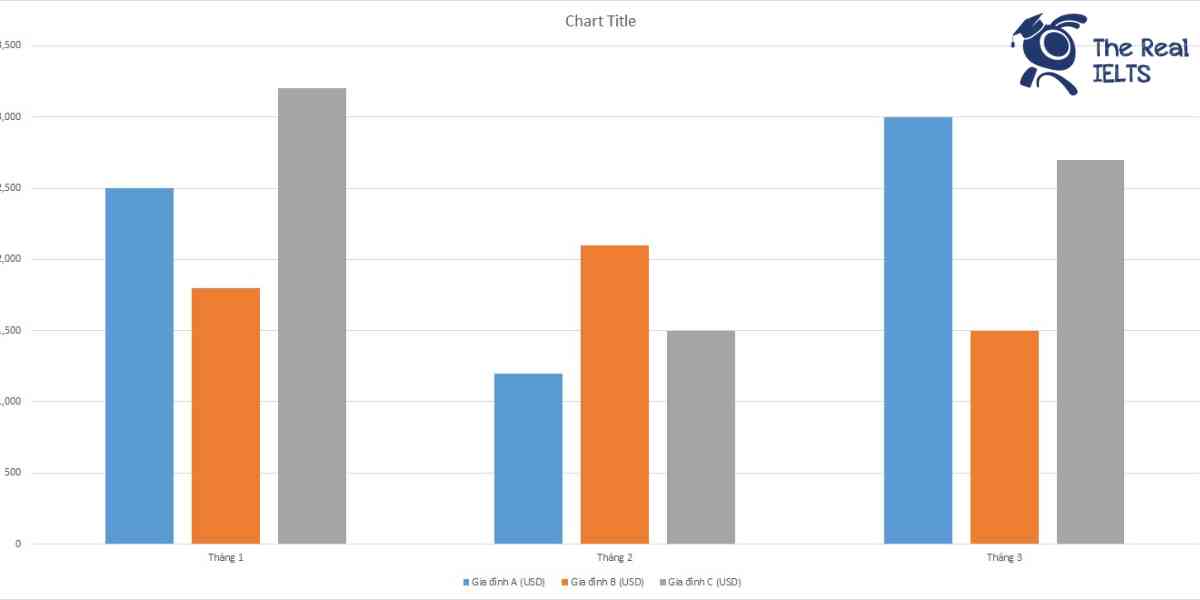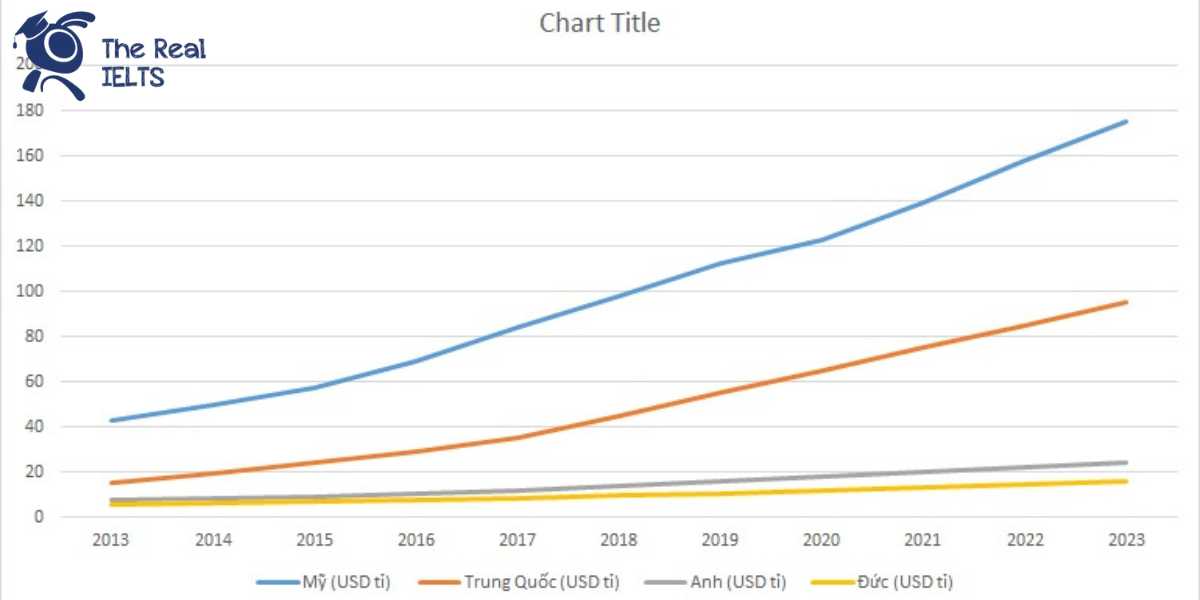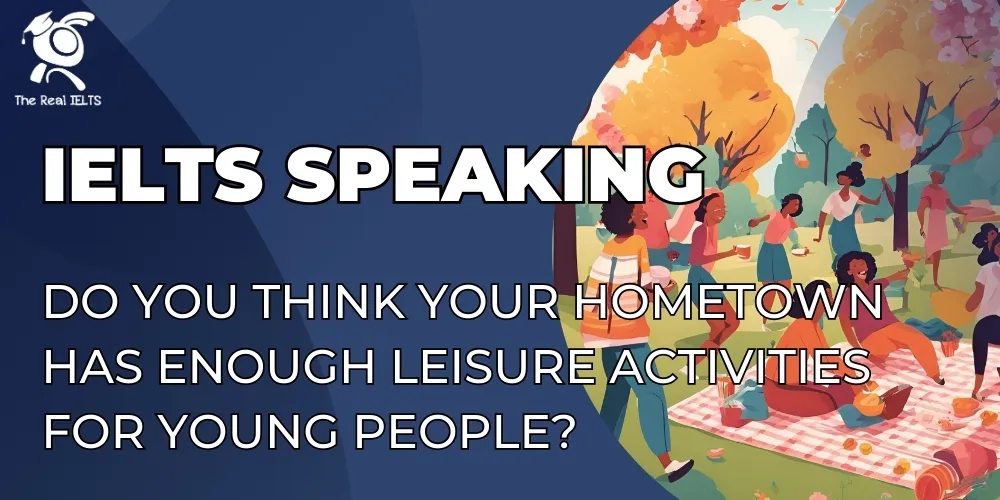Đề thi IELTS Reading có tiêu đề “The Challenges of Urban Planning”
Nhớ đọc thêm các bài luyện thi IELTS nhé.
IELTS Reading:”The Challenges of Urban Planning“
The Challenges of Urban Planning
Urban planning is a multifaceted discipline that involves the development and design of land use and the built environment, including the infrastructure that supports urban areas. It is a field that addresses various challenges such as population growth, environmental sustainability, and socio-economic development. As cities around the world continue to expand at an unprecedented rate, the challenges associated with urban planning have become increasingly complex and multifarious.
One of the most significant challenges in urban planning is managing the rapid pace of urbanization. According to the United Nations, more than half of the world’s population now lives in urban areas, and this proportion is expected to rise to about 68% by 2050. This rapid growth puts immense pressure on urban planners to create infrastructure and services that can accommodate the increasing number of city dwellers.
The challenge lies not only in the quantity of housing, transportation, and utilities required but also in ensuring that these resources are distributed equitably across the urban population. In many cities, especially in developing countries, the infrastructure lags behind the needs of the population, leading to overcrowding, traffic congestion, and inadequate access to essential services such as clean water, sanitation, and healthcare.
Environmental sustainability is another critical challenge in urban planning. Cities are major contributors to environmental degradation, accounting for a significant portion of global carbon emissions, waste production, and energy consumption. Urban planners must balance the need for economic development with the imperative of reducing the environmental footprint of cities. This includes designing green spaces, promoting public transportation, and incorporating renewable energy sources into urban infrastructure. The challenge is particularly acute in cities that are already densely populated, where there is limited space for new development. Planners must find innovative ways to retrofit existing infrastructure to be more environmentally friendly while also planning for future growth in a sustainable manner.
Socio-economic disparities within cities present another challenge for urban planners. In many urban areas, there is a stark contrast between affluent neighborhoods and impoverished ones. This inequality is often reflected in the quality of infrastructure and services available to residents. For instance, wealthier areas may have access to well-maintained roads, parks, and schools, while poorer areas may suffer from neglect and underinvestment. Urban planners must work to bridge this gap by ensuring that all residents have access to basic services and opportunities for economic advancement. This often requires a participatory approach to planning, where the voices of marginalized communities are heard and their needs are prioritized.
Moreover, urban planners must contend with the challenge of preserving cultural heritage while accommodating modern development. Many cities are home to historical landmarks, traditional neighborhoods, and cultural institutions that are integral to the identity of the city. However, as cities grow and modernize, there is often pressure to replace old structures with new developments that can generate higher economic returns. Planners must navigate this tension by finding ways to integrate new developments with the preservation of cultural heritage, ensuring that the city’s history is not lost in the process of modernization.
The challenge of governance and policy-making is also a significant concern in urban planning. Effective urban planning requires coordination between various levels of government, private sector stakeholders, and the public. However, in many cities, there is a lack of coherent policy frameworks and regulatory mechanisms to guide urban development. This can result in haphazard growth, with developments being driven by short-term economic interests rather than long-term sustainability. Urban planners must advocate for strong governance structures and comprehensive policies that align with the long-term goals of urban development.
Finally, urban planners face the challenge of preparing cities for the impacts of climate change. Rising sea levels, increased frequency of extreme weather events, and changing climate patterns pose significant risks to urban areas, particularly those located in coastal regions or areas prone to natural disasters. Urban planning must incorporate resilience and adaptation strategies to protect cities from these threats. This includes designing flood defenses, implementing early warning systems, and ensuring that critical infrastructure can withstand extreme weather conditions. The challenge is to build cities that are not only resilient to the current impacts of climate change but also adaptable to future uncertainties.
In conclusion, urban planning is a complex and dynamic field that faces a multitude of challenges in the 21st century. Rapid urbanization, environmental sustainability, socio-economic inequality, cultural preservation, governance, and climate change are all pressing issues that require thoughtful and innovative approaches. As cities continue to grow and evolve, the role of urban planners will be crucial in shaping the future of urban environments, ensuring that they are livable, sustainable, and equitable for all residents.
Đề bài thi IELTS Reading
Multiple Choice (Câu hỏi trắc nghiệm)
- What is one of the most significant challenges in urban planning?
- A) Climate change
- B) Rapid urbanization
- C) Economic growth
- D) Cultural heritage preservation
- According to the passage, what percentage of the world’s population is expected to live in urban areas by 2050?
- A) 50%
- B) 68%
- C) 75%
- D) 80%
- What is a key challenge in urban planning concerning the environment?
- A) Reducing carbon emissions
- B) Expanding green spaces
- C) Promoting economic development
- D) Improving healthcare facilities
- In the context of socio-economic disparities, what does the passage suggest urban planners should prioritize?
- A) Building luxury housing
- B) Providing equal access to services
- C) Encouraging foreign investment
- D) Developing transportation networks
- What is one strategy mentioned in the passage for making cities more resilient to climate change?
- A) Building taller skyscrapers
- B) Implementing early warning systems
- C) Reducing the number of vehicles
- D) Encouraging urban sprawl
- Why is governance a significant concern in urban planning?
- A) It involves balancing economic and environmental interests.
- B) It requires coordination between multiple stakeholders.
- C) It focuses on historical preservation.
- D) It deals with emergency response planning.
- Which of the following is NOT mentioned as a challenge in urban planning?
- A) Managing population growth
- B) Preserving historical landmarks
- C) Addressing unemployment rates
- D) Adapting to climate change
True/False/Not Given (Xác định thông tin là Đúng/Sai/Không Được Đề Cập)
- The passage states that all cities will eventually face the same challenges in urban planning.
- True
- False
- Not Given
- Urban planners in densely populated cities often struggle to find space for new development.
- True
- False
- Not Given
- The passage mentions that economic development always conflicts with environmental sustainability.
- True
- False
- Not Given
- The passage suggests that cultural heritage is often overlooked in urban planning.
- True
- False
- Not Given
- Effective urban planning requires strong governance structures and policies.
- True
- False
- Not Given
- The passage claims that most cities have sufficient infrastructure to handle rapid urbanization.
- True
- False
- Not Given
- Climate change poses no significant threat to urban areas.
- True
- False
- Not Given
Yes/No/Not Given (Xác định ý kiến hoặc quan điểm của tác giả là Có/Không/Không Được Đề Cập)
- The author believes that urban planners should focus more on social equality.
- Yes
- No
- Not Given
- The author agrees that urbanization is the only challenge in urban planning.
- Yes
- No
- Not Given
- The author suggests that public transportation is a key element of sustainable urban planning.
- Yes
- No
- Not Given
- The author thinks that private sector stakeholders are the most important in urban planning.
- Yes
- No
- Not Given
- The author advocates for the complete preservation of all historical structures in urban areas.
- Yes
- No
- Not Given
Matching Information (Nối thông tin)
- Match the following challenges with their corresponding descriptions:
- A) Rapid urbanization
- B) Environmental sustainability
- C) Socio-economic disparities
- D) Cultural heritage preservation
i. The need to accommodate a growing population.
ii. The struggle to maintain traditional neighborhoods amidst modernization.
iii. The issue of unequal access to infrastructure and services.
iv. The goal of reducing a city’s carbon footprint.
Matching Headings (Nối tiêu đề với đoạn văn)
- Choose the most suitable heading for the section discussing socio-economic disparities:
- A) The Role of Governance in Urban Planning
- B) Bridging the Gap: Addressing Inequality in Cities
- C) Environmental Challenges in Urban Planning
- D) Historical Preservation vs. Modernization
- Which heading best fits the section on environmental sustainability?
- A) The Impact of Climate Change on Urban Areas
- B) Planning for a Green Future
- C) Challenges of Population Growth
- D) Urbanization and Economic Development
- What is the appropriate heading for the section on governance and policy-making?
- A) The Role of Governments in Urban Planning
- B) Environmental Strategies for Urban Areas
- C) Challenges in Preserving Cultural Heritage
- D) Infrastructure Development in Growing Cities
Matching Features (Nối đặc điểm)
- Match the following challenges with the urban planning strategies mentioned:
- A) Rapid urbanization
- B) Environmental sustainability
- C) Socio-economic inequality
- D) Climate change adaptation
i. Implementing flood defenses.
ii. Ensuring equitable distribution of services.
iii. Promoting public transportation.
iv. Expanding infrastructure to meet population needs.
Matching Sentence Endings (Nối phần kết câu)
- Complete the following sentences by choosing the correct ending:
- Urban planners must balance economic development with…
- A) reducing crime rates.
- B) maintaining traditional cultures.
- C) environmental sustainability.
- D) expanding transportation networks.
- The need for strong governance structures in urban planning is important because…
- A) it ensures that developments are driven by short-term interests.
- B) it helps in aligning urban development with long-term goals.
- C) it reduces the environmental impact of cities.
- D) it encourages the preservation of historical landmarks.
- In areas with limited space for new developments, urban planners need to…
- A) create new green spaces.
- B) retrofit existing infrastructure.
- C) build higher skyscrapers.
- D) improve public transportation.
Sentence Completion (Hoàn thành câu)
- Urban planners face a significant challenge in balancing economic development with ________.
- A) environmental sustainability
- In many cities, there is a stark contrast between affluent neighborhoods and ________.
- A) impoverished ones
- Urban planners need to ensure that all residents have access to basic services and opportunities for ________.
- A) economic advancement
- One of the strategies for making cities more resilient to climate change includes designing ________.
- A) flood defenses
- The rapid growth of urban populations puts immense pressure on planners to create ________.
- A) infrastructure and services
Summary Completion (Hoàn thành tóm tắt)
- Complete the summary of the section on climate change:
Urban planning must now consider the impacts of climate change, such as ________ and ________. Planners need to implement strategies like ________ to protect urban areas from these threats.
Diagram Label Completion (Hoàn thành nhãn của sơ đồ)
- Label the diagram showing urban planning strategies with the correct features:
- A) Green spaces
- B) Renewable energy
- C) Public transportation
- D) Housing development
Short Answer Questions (Câu hỏi trả lời ngắn)
- What is one of the main pressures of rapid urbanization?
- How much of the world’s population is expected to live in cities by 2050?
- What do urban planners need to consider when designing infrastructure in densely populated cities?
- Why is there a need for strong governance in urban planning?
- What are urban planners trying to preserve while accommodating new developments?
- How do urban planners plan to make cities more resilient to climate change?
Đáp án bài thi IELTS Reading
Multiple Choice (Câu hỏi trắc nghiệm)
- B) Rapid urbanization
- B) 68%
- A) Reducing carbon emissions
- B) Providing equal access to services
- B) Implementing early warning systems
- B) It requires coordination between multiple stakeholders.
- C) Addressing unemployment rates
True/False/Not Given (Xác định thông tin là Đúng/Sai/Không Được Đề Cập)
- False
- True
- False
- False
- True
- False
- False
Yes/No/Not Given (Xác định ý kiến hoặc quan điểm của tác giả là Có/Không/Không Được Đề Cập)
- Yes
- No
- Yes
- No
- No
Matching Information (Nối thông tin)
- A) i. The need to accommodate a growing population.
- D) ii. The struggle to maintain traditional neighborhoods amidst modernization.
- C) iii. The issue of unequal access to infrastructure and services.
- B) iv. The goal of reducing a city’s carbon footprint.
Matching Headings (Nối tiêu đề với đoạn văn)
- B) Bridging the Gap: Addressing Inequality in Cities
- B) Planning for a Green Future
- A) The Role of Governments in Urban Planning
Matching Features (Nối đặc điểm)
- D) i. Implementing flood defenses.
- C) ii. Ensuring equitable distribution of services.
- B) iii. Promoting public transportation.
- A) iv. Expanding infrastructure to meet population needs.
Matching Sentence Endings (Nối phần kết câu)
- C) environmental sustainability.
- B) it helps in aligning urban development with long-term goals.
- B) retrofit existing infrastructure.
Sentence Completion (Hoàn thành câu)
- environmental sustainability
- impoverished ones
- economic advancement
- flood defenses
- infrastructure and services
Summary Completion (Hoàn thành tóm tắt)
- rising sea levels
- increased frequency of extreme weather events
- designing flood defenses
Diagram Label Completion (Hoàn thành nhãn của sơ đồ)
- A) Green spaces
- B) Renewable energy
- C) Public transportation
- D) Housing development
Short Answer Questions (Câu hỏi trả lời ngắn)
- Creating infrastructure and services to accommodate the growing population.
- 68%
- Limited space for new development.
- To ensure that urban development aligns with long-term goals.
- Cultural heritage.
- Designing flood defenses and implementing early warning systems.
Luyện tập bài khác ở bài viết:”100 bài luyện IELTS Reading 2024 – 2025“















